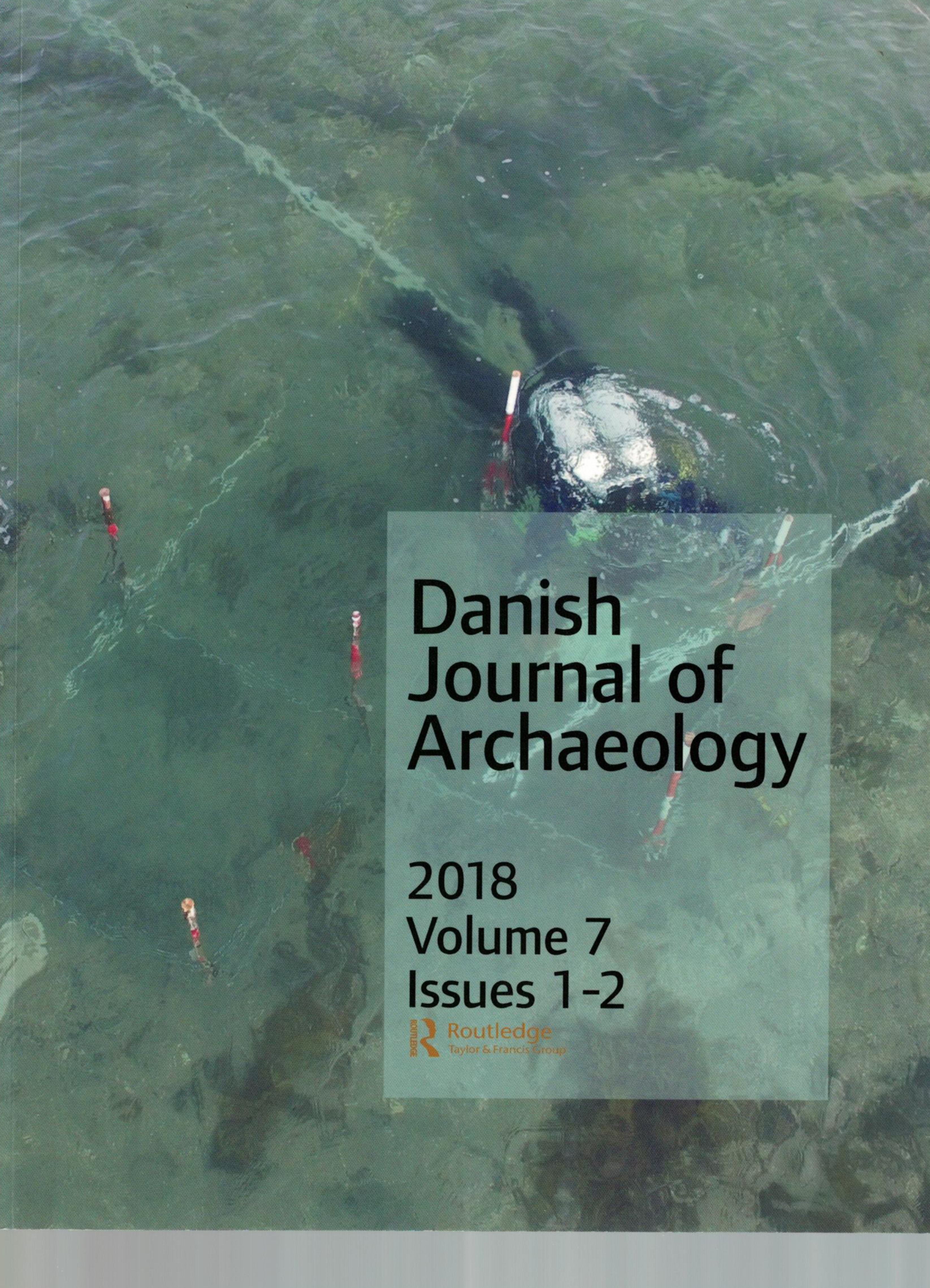Wiggle-match dating the fortification of Køge
DOI:
https://doi.org/10.1080/21662282.2018.1551980Keywords:
Wiggle-match dating, fortification, medieval, renaissance, KøgeAbstract
During archaeological fieldwork in the eastern part of the coastal city of Køge, situated on the east coast of the island of Zealand (Sjælland) in Denmark, remains of a rampart were found and, due to the lack of suitable material for dating via the more traditional dendrochronology, wiggle-match dating was conducted. This article aims at presenting the method used and discussing the result it provides for medieval and renaissance archaeology, in situations where there is an absence of dateable dendro-samples or for dating of non-oak samples.
Having unearthed the rampart remains, a major objective of the excavation became answering the question: Are the ramparts found those that were built during the short Swedish occupation of the town in 1658? And, could the C14 dating method provide us with a sufficient level of precision to answer this question? The results show that the ramparts found belonged to the medieval fortification of the town and have a long history of renewal and repair, allowing us to map the long life of the town despite the limitations of the small ‘key-hole’ style excavations. Applying this method more extensively on small-wood remains will perhaps help us to finally identify that elusive Swedish fortification.
References
Bork-Pedersen, K., 2015. KNV00080 Ivar Huitfeldts Vej. Museum Sydøstdanmark report
Bronk Ramsey, C., 2009. Bayesian analysis of radiocarbon dates. Radiocarbon, 51 (1), 337-360. https://doi.org/10.1017/S0033822200033865
Bronk Ramsey, C. and Lee, S., 2013. Recent and planned developments of the program OxCal. Radiocarbon, 55 (2-3), 720-730. https://doi.org/10.1017/S0033822200057878
Bronk Ramsey, C., van der Plicht, J., and Weninger, B., 2001. 'Wiggle matching' radiocarbon dates. Radiocarbon, 43 (2A), 381-389. https://doi.org/10.1017/S0033822200038248
Daly, A., 2014a. Fine-tuned chronology of medieval fishweirs of the Fergus Estuary, Co. Clare, Ireland. Journal of Wetland Archaeology, 14, 6-21. https://doi.org/10.1179/1473297114Z.0000000006
Daly, A., 2014b. Dendrokronologiske undersøgelser af tømmer fra Ivar Huitfeldts Vej, Køge. Dendro.dk report 40:2014, Copenhagen.
Daly, A., 2015a. Dateringsundersøgelse af tømmer fra Bag Haverne (KNV00123) og Ivar Huitfeldts Vej (KNV00080), Køge. Dendro.dk report 22:2015, Copenhagen.
Daly, A., 2015b. Dateringsundersøgelse af tømmer fra Jernbanegade (KNV00096), Køge. Dendro.dk. report 47:2015, Copenhagen.
Færch-Jensen, J., 2017. KNV00096 Jernbanegade. Museum Sydøstdanmark report.
Frandsen, S. and Nielsen, H., 1976. Køge Bys volde. Køge Museum (Årbog 1973/1975), 53-70. Køge.
Galimberti, M., Bronk Ramsey, C., and Manning, S.W., 2004. Wiggle-match dating of tree-ring sequences. Radiocarbon, 46, 917-924. https://doi.org/10.1017/S0033822200035967
Johansen, M. 1986. Middelalderbyen Køge. Projekt Middelalderbyen bd.2. Copenhagen
Lorentzen, B., et al., 2014. High-precision dating the Akko 1 shipwreck, Israel: wiggle-matching the life and death of a ship into the historical record. Journal of Archaeological Science, 41, 772-783. https://doi.org/10.1016/j.jas.2013.10.013
Moltsen, A.S.A., 2015. Lag-og makrofossilanalyser fra Stationspladsen KNV00080, Køge. NOK Natur og Kulturrapport nr. 07-2015, Copenhagen.
Nordentoft, J., 1941. Lidt om Køge som Fæstning og Svenskerne 1658-1660. Militært Tidskrift, årg. 70, 18-32, 103-111, 178-196, 274-279, 352-357.
Rasmussen, U.F. 1979. KØM 629. Køge Museum report. Reimer, P.J., et al., 2013. IntCal13 and Marine13 radiocarbon age calibration curves 0-50,000 years cal BP. Radiocarbon, 55, 4. https://doi.org/10.2458/azu_js_rc.55.16947
Tauber, H., 1979. Datering af tre prøver af træ i Køge. Brev til Ulla Fraes Rasmussen. KØM629.
Downloads
Published
How to Cite
Issue
Section
License
Counting from volume 11 (2022), articles published in DJA are licensed under Attribution-NonCommercial-ShareAlike 4.0 International (CC BY-NC-SA 4.0). The editorial board may accept other Creative Commons licenses for individual articles, if required by funding bodies e.g. the European Research Council. With the publication of volume 11, authors retain copyright to their articles and give DJA the right to the first publication. The authors retain copyright to earlier versions of the articles, such as the submitted and the accepted manuscript.
Articles in volume 1-8 are not licensed under Creative Commons. In these volumes, all rights are reserved to DJA. This implies that readers can download, read, and link to the articles, but they cannot republish the articles. Authors can upload their articles in an institutional repository as a part of a green open access policy.
Articles in volume 9-10 are not licensed under Creative Commons. In these volumes, all rights are reserved to the authors of the articles respectively. This implies that readers can download, read, and link to the articles, but they cannot republish the articles. Authors can upload their articles in an institutional repository.





